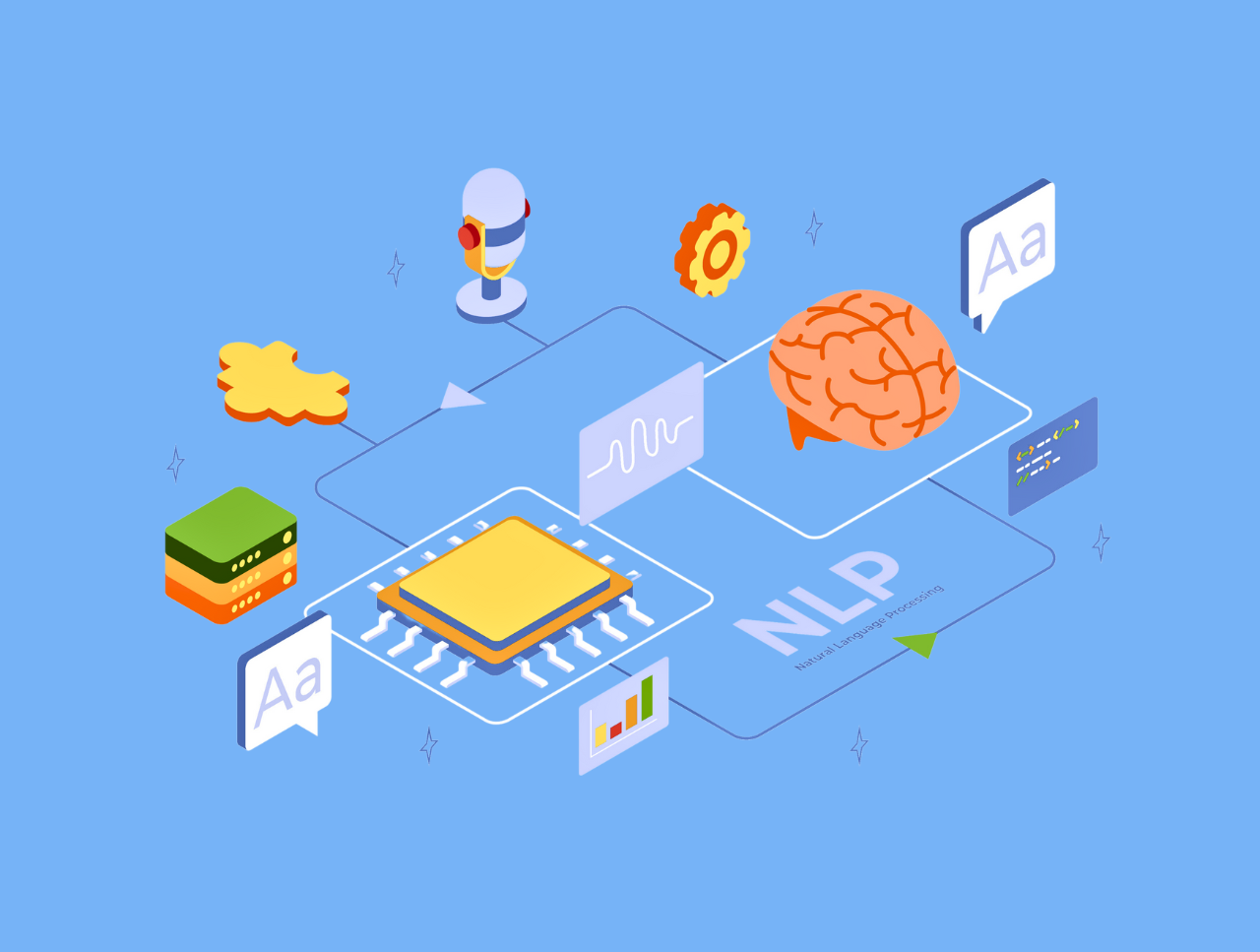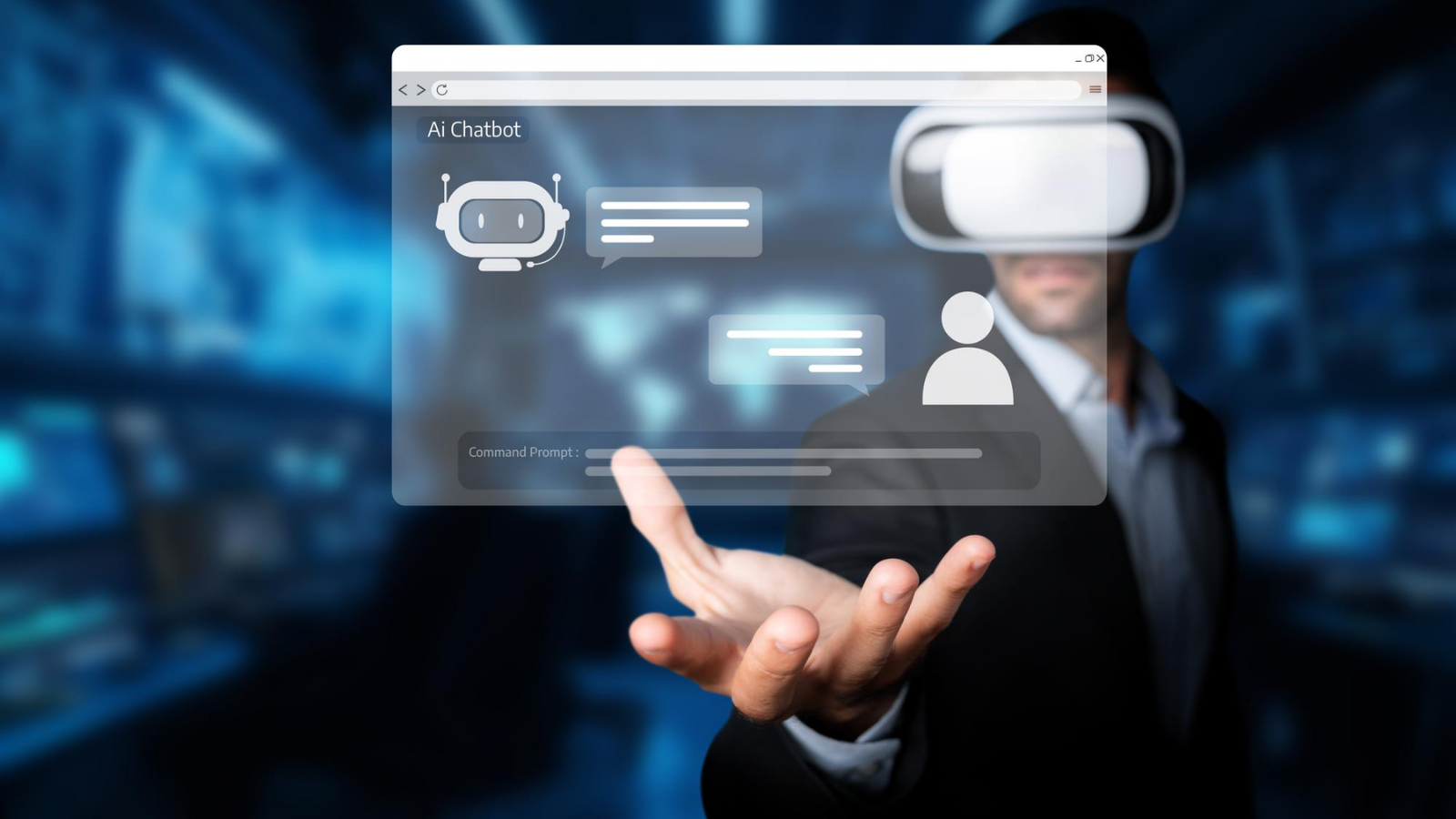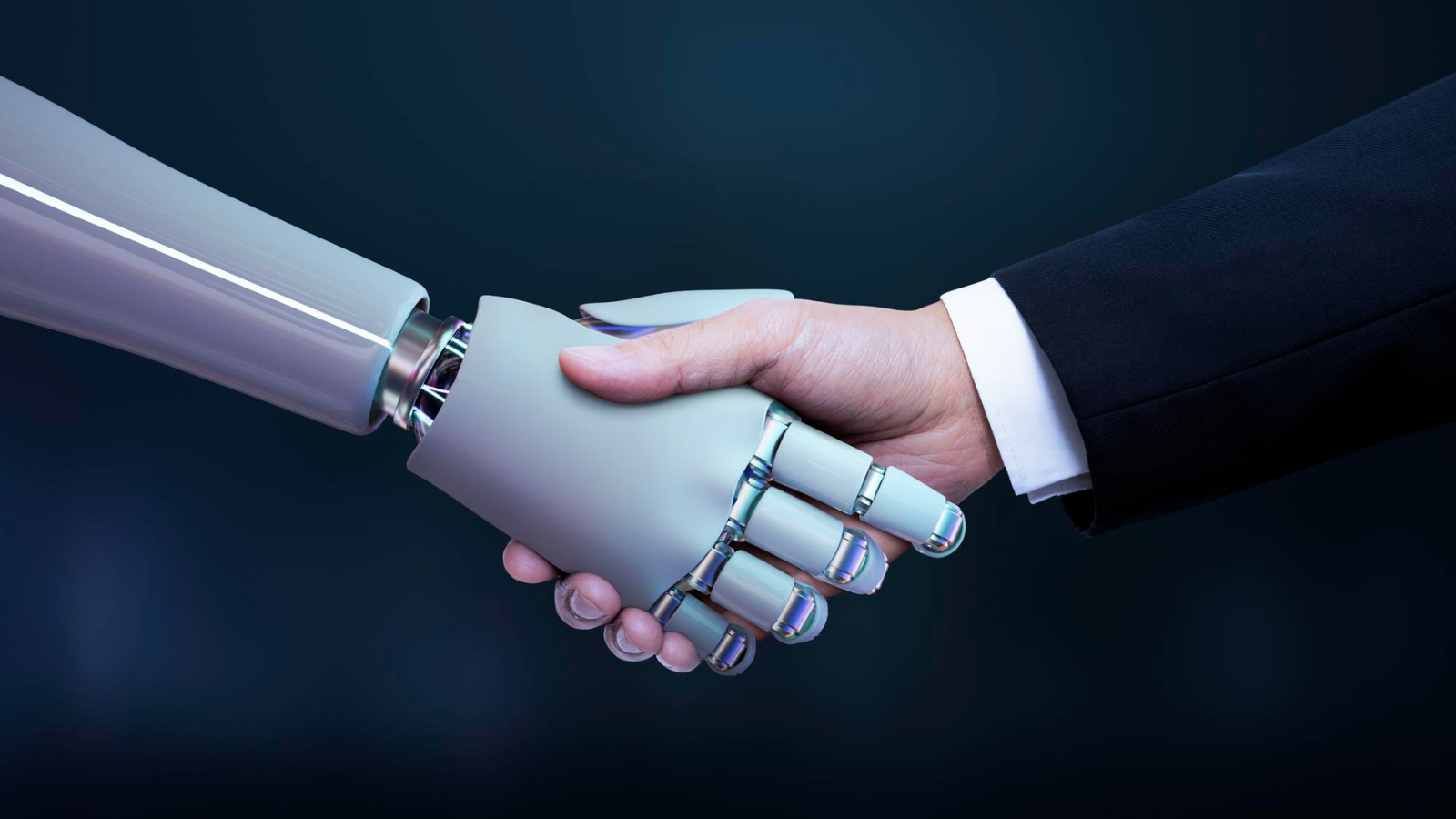In the rapidly evolving landscape of artificial intelligence, certain breakthroughs stand out for their transformative impact. One such innovation is the Generative Pre-trained Transformer, commonly known as GPT. This technology has revolutionized natural language processing (NLP) and has applications that span from creative writing to customer service automation. But what exactly is GPT, and how does it work? In this blog, we will delve into the intricacies of GPT, exploring its mechanics and applications.
Understanding Generative Pre-trained Transformer (GPT)
Generative Pre-trained Transformer (GPT) is a type of language model developed by OpenAI. It is designed to understand and generate human-like text based on the input it receives. The “Generative” aspect refers to its ability to produce coherent and contextually relevant text, the “Pre-trained” part indicates that it is trained on a massive dataset before being fine-tuned for specific tasks, and “Transformer” denotes the underlying architecture that enables its functionality.
The Transformer Architecture: The Backbone of GPT
The transformer architecture, introduced by Vaswani et al. in 2017, is the foundation of GPT. Unlike traditional neural networks, transformers can process input data in parallel rather than sequentially, making them highly efficient and scalable. Key components of this architecture include:
– Self-Attention Mechanism: This allows the model to weigh the importance of different words in a sentence when generating or understanding text. It helps the model focus on relevant parts of the input data.
– Positional Encoding: Since transformers process data in parallel, they need a way to understand the order of words. Positional encoding helps the model keep track of word positions in a sentence.
– Layer Normalization and Residual Connections: These techniques help in stabilizing and speeding up the training process, allowing the model to learn effectively.
Pre-training and Fine-tuning: The Two Stages of GPT
GPT’s development involves two critical stages: pre-training and fine-tuning.
Pre-training
During the pre-training phase, GPT is exposed to a vast corpus of text from the internet. It learns to predict the next word in a sentence, a task known as language modeling. This phase helps GPT understand grammar, facts about the world, and some level of reasoning ability. The extensive dataset used in this phase allows GPT to gain a broad understanding of human language.
Fine-tuning
After pre-training, GPT undergoes fine-tuning on a narrower dataset, often tailored to specific tasks or industries. During fine-tuning, the model adjusts its parameters to perform specific tasks such as answering questions, summarizing text, or generating conversational responses. This stage is crucial for adapting GPT’s general language understanding to particular applications.
How GPT Works: From Input to Output
When you input a prompt into GPT, the following steps occur:
1. Tokenization: The input text is broken down into smaller units called tokens. These tokens can be words, subwords, or even characters.
2. Encoding: The tokens are converted into numerical representations that the model can process.
3. Contextualization: Using the transformer architecture, GPT processes the input tokens, considering the context provided by surrounding tokens. This helps the model generate coherent and contextually appropriate responses.
4. Generation: Based on the processed input, GPT generates a sequence of tokens that form the output text. This output is then converted back into readable text.
Applications of GPT: Real-World Impact
GPT’s ability to generate human-like text has led to a wide range of applications across various fields:
Content Creation
GPT can assist in writing articles, generating creative content, and even composing poetry. Writers and marketers use GPT to brainstorm ideas, draft content, and refine their work. For instance, a content creator can use GPT to generate blog posts, social media updates, or even full-length articles, saving time and enhancing creativity.
Customer Support
AI-powered chatbots use GPT to handle customer queries, providing instant and accurate responses. These chatbots can manage multiple conversations simultaneously, offer consistent service, and operate 24/7. For example, an e-commerce website might use a GPT-powered chatbot to help customers find products, track orders, and resolve issues, improving overall customer satisfaction.
Education
GPT-based tools can help students by providing explanations, summaries, and tutoring assistance. Educational platforms leverage GPT to create personalized learning experiences, answer student questions, and offer study materials tailored to individual needs. A student struggling with a particular subject can use GPT to get explanations and practice problems, making learning more accessible and engaging.
Entertainment
In the entertainment industry, GPT can generate storylines, dialogues, and other content for games and interactive media. Game developers use GPT to create dynamic narratives and immersive experiences for players. For instance, a video game might use GPT to generate unique character interactions and plot developments, enhancing the overall gaming experience.
Language Translation: Bridging Communication Gaps
Language translation services have seen remarkable improvements thanks to GPT. Tools like Google Translate utilize GPT to provide real-time translation, allowing people from different linguistic backgrounds to communicate effortlessly. These models understand context and nuances, offering translations that are more accurate and natural. This capability is invaluable for travelers, global businesses, and anyone needing to bridge language barriers.
Personalizing Your Content Feed
Social media platforms and content recommendation systems use GPT to personalize your feed. By analyzing your interactions, preferences, and behavior, GPT curates content that aligns with your interests. Whether it’s the articles suggested on your news app, the videos on your YouTube homepage, or the posts on your social media timeline, GPT ensures that you receive content that resonates with you, enhancing your online experience.
Automating Routine Tasks
GPT is also adept at automating routine tasks. Email platforms, for instance, use AI to suggest responses, sort emails, and even draft messages. This automation saves time and increases productivity by handling repetitive tasks, allowing you to focus on more important activities. For example, a busy professional can use GPT to manage their email inbox, prioritize messages, and draft replies, streamlining their workflow.
Enhancing Creativity and Writing
For writers, GPT can be a source of inspiration and assistance. Tools like Grammarly and other AI-driven writing aids use GPT to check grammar, suggest style improvements, and even generate content ideas. These tools help writers produce polished and compelling content, whether for professional or personal use. A novelist might use GPT to brainstorm plot ideas or develop character backstories, enhancing their creative process.
In Education: Personalized Learning Assistants
Educational platforms are harnessing the power of GPT to create personalized learning experiences. AI tutors can provide tailored assistance, answer student queries, and offer resources based on individual learning styles and needs. This personalization makes learning more effective and engaging, helping students achieve better outcomes. For example, an online learning platform might use GPT to customize lessons and quizzes for each student, addressing their specific strengths and weaknesses.
Healthcare: Better Patient Interaction
In healthcare, GPT is being used to improve patient interactions and streamline administrative tasks. AI-powered chatbots can answer patient queries, schedule appointments, and provide information on medications and treatments. This use of GPT enhances patient care and reduces the burden on healthcare professionals. A healthcare provider might use a GPT-powered chatbot to handle routine patient inquiries, freeing up medical staff to focus on more complex cases.
The Future of GPT: Continuous Improvement
The applications of GPT are vast and continually evolving. As these models become more sophisticated, their integration into our daily lives will only deepen. Future advancements might include even more intuitive virtual assistants, smarter recommendation systems, and further innovations that we can’t yet imagine. The potential for GPT to enhance productivity, creativity, and communication is boundless, and we are just beginning to explore its possibilities.
Embracing the AI-Driven World
Generative Pre-trained Transformer (GPT) represents a significant leap in AI capabilities, transforming how machines understand and generate human language. Its applications are vast and continue to grow as the technology evolves. As we look to the future, GPT and similar models will undoubtedly play a crucial role in shaping the AI-driven world, enhancing productivity, creativity, and communication.
At Nuclay Solutions, we are at the forefront of leveraging advanced AI technologies, including GPT, to transform businesses and enhance user experiences. Whether you’re looking to integrate AI-powered content creation, customer support, or personalized learning solutions, our expert team is here to help. Contact us today to learn how we can bring the power of GPT to your business and drive innovation in your everyday operations.



